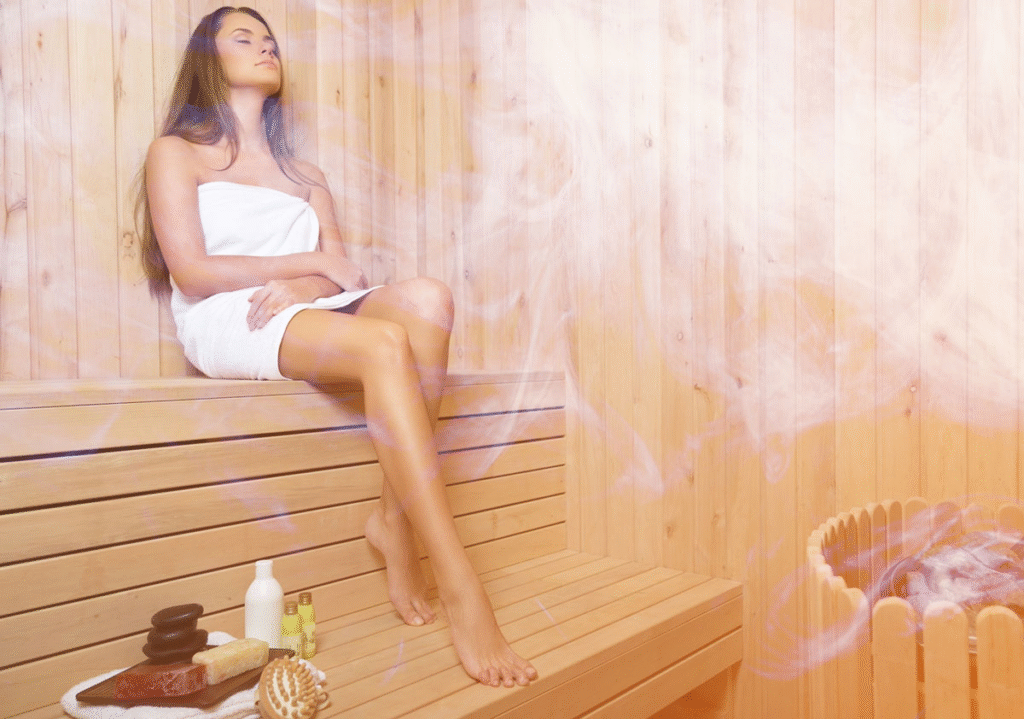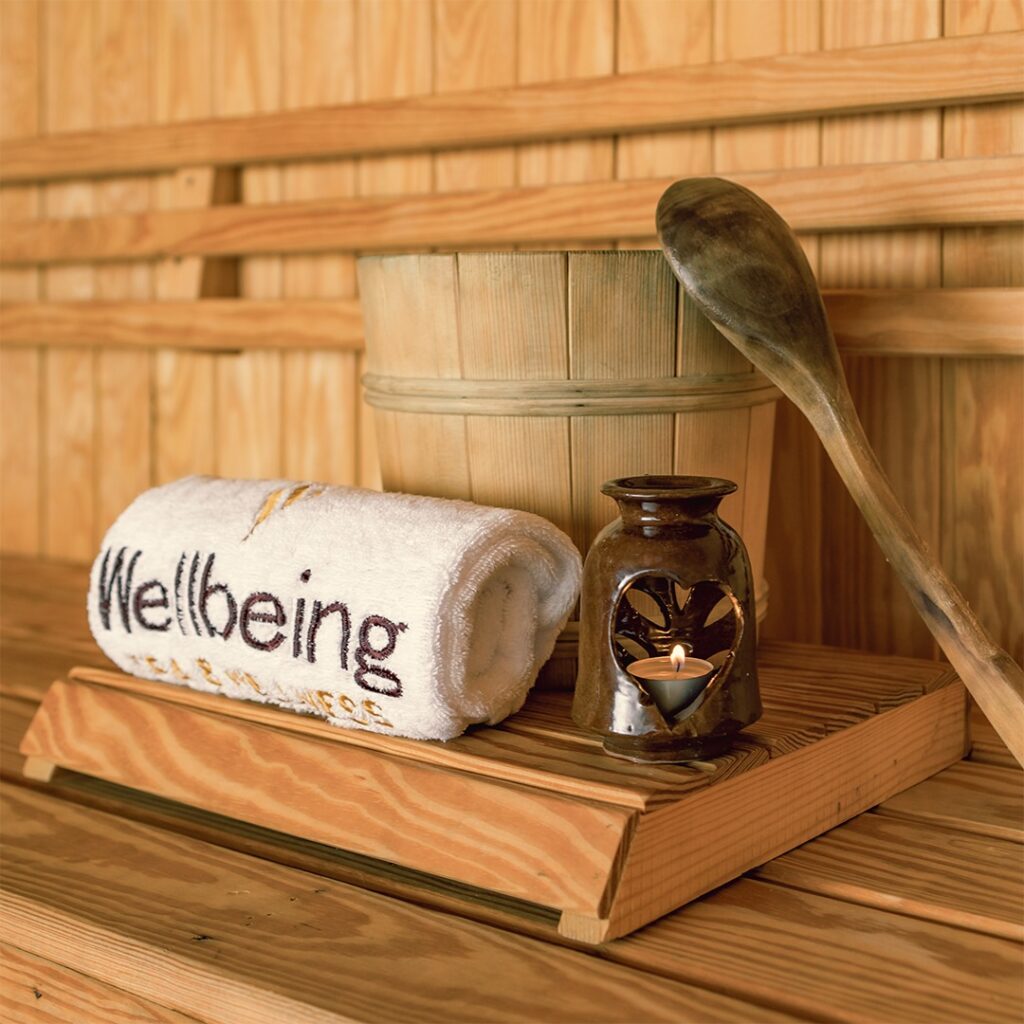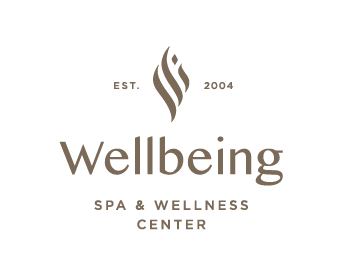
From Sauna to Steam: How Heat Therapy Boosts Circulation and Immunity
In recent years, heat therapy has become a cornerstone of wellness and spa culture worldwide. From Scandinavian saunas to traditional steam rooms, people are embracing the restorative power of warmth. Whether you’re seeking relaxation, muscle recovery, or immune support, incorporating thermal spa treatments into your wellness routine offers a wealth of health benefits.
This guide explores everything you need to know about heat therapy, including sauna therapy benefits, steam room health effects, detoxification, circulation, and how to integrate these practices safely into your life.
Understanding Heat Therapy: Sauna vs. Steam Room

Heat therapy refers to the controlled exposure of the body to high temperatures, typically through saunas or steam rooms. Though both aim to promote relaxation and health, they differ in temperature, humidity, and user experience.
Sauna Therapy
Saunas are dry heat environments, typically maintained at 70–100°C (158–212°F) with low humidity. Popular in Finland and Scandinavia, saunas encourage deep sweating and increase cardiovascular activity without excessive moisture.
Sauna therapy benefits include:
- Enhanced circulation: Heat causes blood vessels to dilate, improving blood flow.
- Detoxification: Sweating helps eliminate toxins through the skin.
- Stress reduction: Heat relaxes muscles and lowers cortisol levels.
- Muscle recovery: Increases oxygen delivery to tissues and reduces soreness.
Steam Room Therapy
Steam rooms provide moist heat, usually around 40–50°C (104–122°F) with near 100% humidity. These humid environments open pores, hydrate the skin, and can aid respiratory function.
Steam room health effects include:
- Respiratory benefits: Moist heat loosens mucus and alleviates congestion.
- Skin hydration: Steam enhances moisture absorption and cleanses pores.
- Relaxation: Combines heat with humidity to reduce stress and tension.
- Immune support: Regular exposure may boost white blood cell activity.
The Science Behind Heat Therapy
Heat therapy’s effectiveness lies in its ability to elevate body temperature, prompting physiological responses that mimic moderate exercise. When the body heats up, several processes occur:
- Vasodilation: Blood vessels widen, improving circulation and delivering oxygen and nutrients to tissues.
- Sweating: Promotes detoxification, flushing out heavy metals and environmental toxins.
- Endorphin release: Heat triggers the release of endorphins, natural mood elevators.
- Metabolic boost: Increases heart rate and energy expenditure, aiding weight management and cardiovascular health.
Studies have shown that regular sauna sessions can lower blood pressure, reduce inflammation, and improve overall cardiovascular function. Similarly, steam rooms may enhance lung capacity and respiratory efficiency, especially beneficial for individuals with asthma or sinus issues.
Detoxification Through Heat Therapy

One of the most celebrated benefits of saunas and steam rooms is detoxification. By stimulating sweat production, the body expels metabolic waste and environmental toxins such as:
- Heavy metals (lead, mercury)
- Urea and ammonia
- Salt and other impurities
Unlike exercise-induced sweating, heat therapy provides controlled, prolonged sweating without physical exertion, making it accessible for people of varying fitness levels. This gentle detoxification can improve skin clarity, reduce bloating, and leave users feeling rejuvenated.
Circulation and Cardiovascular Benefits
Both sauna and steam room sessions improve circulation by dilating blood vessels and increasing heart rate. The effects are similar to moderate cardiovascular exercise:
- Increased blood flow: Helps deliver oxygen and nutrients more efficiently.
- Improved vessel elasticity: Supports long-term cardiovascular health.
- Enhanced recovery: Muscles receive more oxygen-rich blood, reducing soreness and fatigue.
Heat therapy can also lower blood pressure in some individuals. For those with sedentary lifestyles, incorporating sauna or steam sessions can provide a gentle cardiovascular boost.
Immune System Support

Regular heat exposure may enhance immune function. When the body is exposed to elevated temperatures:
- White blood cell activity increases: Helps fight infections more efficiently.
- Heat shock proteins are released: These proteins help cells repair damage and improve resilience.
- Inflammation may decrease: Reducing chronic inflammation supports overall immunity.
A study in Finland found that individuals who used saunas frequently experienced fewer colds and flu episodes, suggesting a direct link between heat therapy and immune resilience.
Muscle Recovery and Pain Relief
For athletes and active individuals, thermal spa treatments are invaluable for recovery. Benefits include:
- Reduced muscle soreness: Heat relaxes muscle fibers and increases nutrient-rich blood flow.
- Joint pain relief: Particularly helpful for arthritis or chronic joint conditions.
- Enhanced flexibility: Warm muscles and connective tissue reduce stiffness and improve mobility.
In combination with massage or stretching, saunas and steam rooms can accelerate post-exercise recovery and minimize injury risk.
Mental Health and Stress Reduction
Beyond physical benefits, heat therapy has profound effects on mental well-being:
- Relaxation response: Heat triggers parasympathetic nervous system activation, reducing stress hormones.
- Improved mood: Endorphin release leads to a sense of euphoria and calm.
- Better sleep: Regular heat exposure can regulate circadian rhythms and improve sleep quality.
Combining sauna or steam sessions with mindfulness or meditation can amplify these mental health benefits.
Integrating Heat Therapy into Your Routine
For optimal results, consider these practical guidelines:
Frequency
- Beginners: 1–2 sessions per week.
- Regular users: 3–4 sessions per week can maximize health benefits.
Duration
- Sauna: 10–20 minutes per session.
- Steam room: 10–15 minutes is usually sufficient.
Hydration
- Always drink water before and after heat therapy to prevent dehydration.
- Herbal teas can complement the detoxifying effects.
Safety Tips
- Avoid alcohol before or during sessions.
- Individuals with cardiovascular conditions or high blood pressure should consult a doctor.
- Exit immediately if feeling dizzy or lightheaded.
Enhancing the Experience: Spa Innovations

Modern spas have combined heat therapy with various treatments for a holistic approach:
- Infrared saunas: Use infrared light to penetrate muscles more deeply, providing enhanced detoxification and pain relief.
- Aromatherapy steam rooms: Combine essential oils with steam for respiratory and mood benefits.
- Thermal spa circuits: Alternate between saunas, steam rooms, cold plunges, and relaxation areas to boost circulation and immunity.
- Hydrotherapy: Integrating water jets and thermal pools complements heat exposure for full-body rejuvenation.
Steam Room Health Effects Beyond Relaxation
While relaxation is the most obvious benefit, steam rooms also impact health in less visible but profound ways:
- Respiratory wellness: Moist heat can alleviate sinus congestion, reduce asthma symptoms, and improve lung function.
- Skin rejuvenation: Open pores allow deep cleansing, improving skin texture and promoting collagen health.
- Detoxification synergy: Steam enhances sweating and metabolic waste elimination.
Regular steam room use supports respiratory health and provides a gentle alternative for those unable to tolerate dry saunas.
Combining Heat Therapy with Lifestyle

For best results, integrate sauna and steam room sessions into a broader wellness routine:
- Exercise: Heat therapy post-workout enhances muscle recovery.
- Hydration and nutrition: Support detoxification with clean, nutrient-rich foods and ample water.
- Mindfulness practices: Meditation, breathing exercises, or yoga in warm environments amplify stress relief and immune benefits.
By using thermal treatments as part of a holistic health approach, you create a cycle of improved physical and mental well-being.
Conclusion

From dry saunas to humid steam rooms, heat therapy offers a wealth of benefits for circulation, immunity, muscle recovery, and mental health. Whether you visit a luxury spa or set up a home sauna, thermal spa treatments provide a natural, effective, and enjoyable way to enhance overall wellness.
By understanding the science behind heat exposure, practicing safe usage, and incorporating complementary wellness practices, you can unlock the full potential of sauna therapy benefits and steam room health effects.
If your goal is to detoxify, support your immune system, recover from exercise, or simply unwind, heat therapy remains one of the most accessible and powerful wellness tools available today.





Leave a Reply